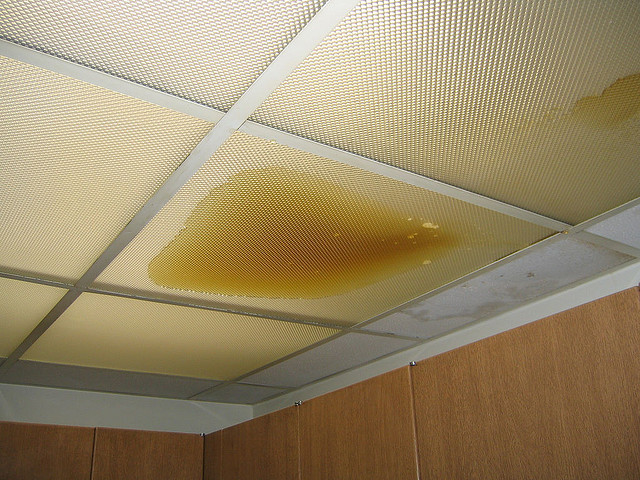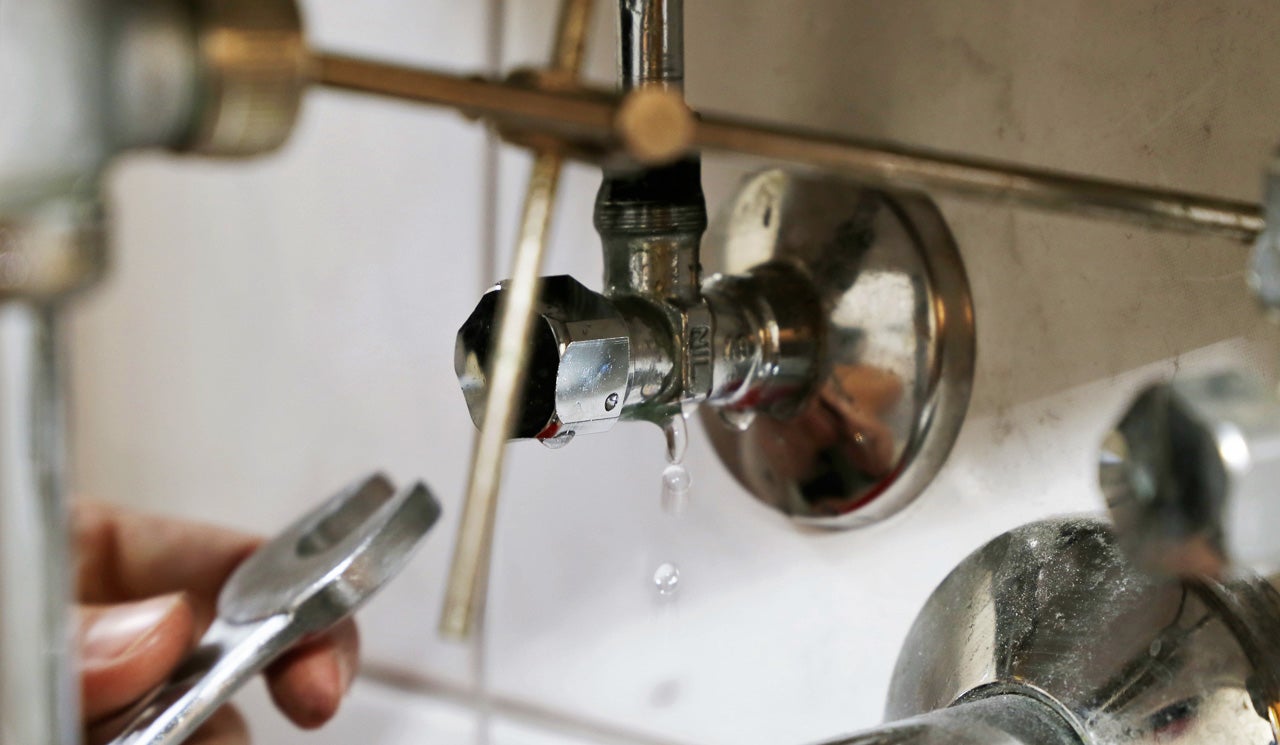6 Ways to Locate Concealed Water Leakages in Your House
Get OfferWhat're your ideas regarding Locating water leaks?

Early detection of leaking water lines can minimize a prospective disaster. Some small water leakages may not be visible.
1. Check Out the Water Meter
Every home has a water meter. Inspecting it is a surefire way that aids you discover leakages. For beginners, turn off all the water resources. Make certain no one will certainly purge, use the tap, shower, run the cleaning machine or dishwashing machine. From there, most likely to the meter and watch if it will alter. Since no one is utilizing it, there need to be no movements. If it moves, that suggests a fast-moving leakage. If you detect no adjustments, wait an hour or two and also inspect back again. This means you may have a sluggish leakage that might also be below ground.
2. Inspect Water Usage
If you spot abrupt modifications, despite your intake being the very same, it means that you have leakages in your plumbing system. An unexpected spike in your bill indicates a fast-moving leakage.
Meanwhile, a steady boost monthly, even with the exact same practices, reveals you have a slow leakage that's also gradually escalating. Call a plumber to thoroughly examine your property, specifically if you really feel a warm area on your flooring with piping beneath.
3. Do a Food Coloring Test
When it comes to water intake, 30% comes from toilets. Examination to see if they are running appropriately. Decrease flecks of food color in the tank as well as wait 10 minutes. There's a leak in between the tank and also bowl if the shade somehow infiltrates your dish during that time without flushing.
4. Asses Outside Lines
Don't forget to inspect your exterior water lines as well. Should water leak out of the link, you have a loosened rubber gasket. One little leak can waste bunches of water as well as increase your water costs.
5. Examine and Evaluate the Circumstance
Homeowners need to make it a practice to check under the sink counters and even inside cabinets for any bad odor or mold and mildew development. These 2 warnings suggest a leak so punctual focus is called for. Doing routine assessments, even bi-annually, can save you from a major trouble.
Extra importantly, if you know your residence is currently old, keep a watchful eye on your heaters, hoses, pipes and so on. Look for discolorations and weakening as most devices and also pipelines have a life span. They will additionally naturally weaken due to tear as well as wear. Don't wait for it to intensify if you think leaking water lines in your plumbing system. Call a specialist plumber as soon as possible so you do not wind up with a dreadful mess in your home.
Early detection of leaking water lines can minimize a potential disaster. Some small water leakages may not be visible. Inspecting it is a proven means that helps you find leaks. One tiny leakage can squander lots of water as well as surge your water costs.
If you believe leaking water lines in your plumbing system, do not wait for it to intensify.
WARNING SIGNS OF WATER LEAKAGE BEHIND THE WALL
PERSISTENT MUSTY ODORS
As water slowly drips from a leaky pipe inside the wall, flooring and sheetrock stay damp and develop an odor similar to wet cardboard. It generates a musty smell that can help you find hidden leaks.
MOLD IN UNUSUAL AREAS
Mold usually grows in wet areas like kitchens, baths and laundry rooms. If you spot the stuff on walls or baseboards in other rooms of the house, it’s a good indicator of undetected water leaks.
STAINS THAT GROW
When mold thrives around a leaky pipe, it sometimes takes hold on the inside surface of the affected wall. A growing stain on otherwise clean sheetrock is often your sign of a hidden plumbing problem.
PEELING OR BUBBLING WALLPAPER / PAINT
This clue is easy to miss in rooms that don’t get much use. When you see wallpaper separating along seams or paint bubbling or flaking off the wall, blame sheetrock that stays wet because of an undetected leak.
BUCKLED CEILINGS AND STAINED FLOORS
If ceilings or floors in bathrooms, kitchens or laundry areas develop structural problems, don’t rule out constant damp inside the walls. Wet sheetrock can affect adjacent framing, flooring and ceilings.
https://www.servicemasterbyzaba.com/blog/how-to-detect-water-leakage-in-walls/

Do you like reading up on Hacks to detect leaks? Put a remark directly below. We'd be pleased to see your thoughts about this blog posting. We hope that you come back again later on. Do you know somebody who is curious about the subject? Why not promote it. Thanks so much for going through it.